-
The pioneer years
1946–1949
The history of our company begins with a sports equipment retail store established in 1946 in Yanai, Yamaguchi Prefecture, 800 km west of Tokyo. After the end of World War II, table tennis player Hikosuke Tamasu resumes playing table tennis. In response to the growing need for sporting goods in his hometown, he starts a wholesale and retail sporting goods business.
-
1946
Opening of Tamasu Sports Goods Shop
In response to growing demand for sports equipment, Hikosuke Tamasu and his father Giichi, open the Tamasu Sports Goods Shop in Yanai, Yamaguchi Prefecture, and begin distributing sports equipment to their local community. The shop is renovated from the confectionery store Tengu-do at his birthplace.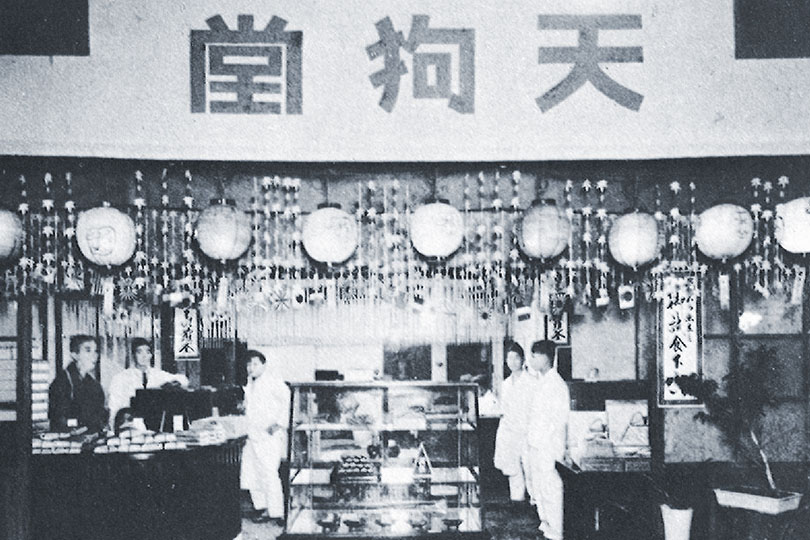
-
1949
Establishment of Toyko Branch
The business takes off. The company purchases land in Suginami, Tokyo (near the current headquarters) and establishes the Tokyo office of Tamasu Sports Goods Shop. -
Hikosuke Tamasu wins the Mixed Doubles title at the All Japan Championships. After his vcitory, he retires from playing in order to focus on his business.
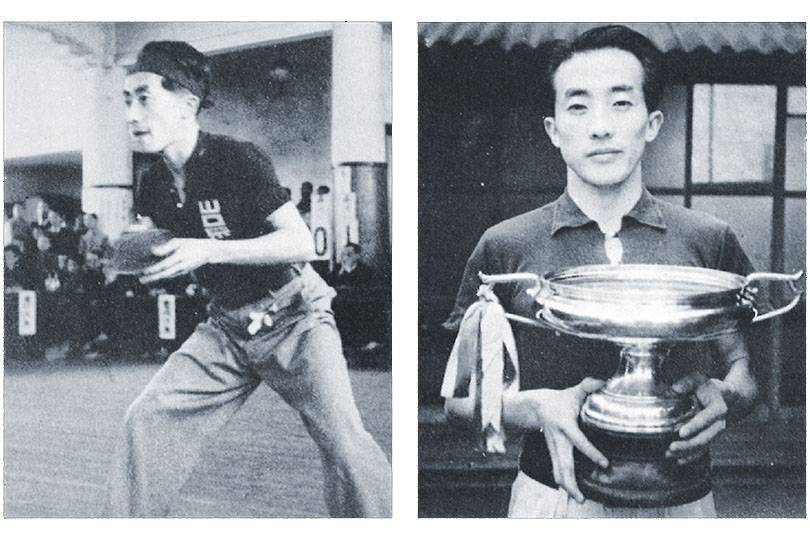
-
-
Foundation of the brand “Butterfly”
1950
After Hikosuke's return to playing table tennis post war, he is not satisfied with the current quality of Japanese made rubbers which leads him to obtain foreign-made rubbers instead. He acquires these rubbers via the Occupation Forces. Due to this situation, he decides that he wants to create a high quality table tennis rubber himself. To do this he makes the decision to change from a local wholesaler into an equipment manufacturer. Thus Tamasu Co., Ltd.. is born. The brand name chosen for this new company is “Butterfly”. It is chosen to symbolise something small and agile moving from side to side, reminiscent of table tennis. This was unlike other companies at the time whose brands' names predominantly gave off an impression of strength. “Butterfly” also represents the desire to work with integrity. Players are the flowers which Butterflies serve.
-
1950
Foundation of Tamasu Co., Ltd.
On December 19, Tamasu Co., Ltd. is founded. Giichi Tamasu (left) assumes the position of first CEO, and Hikosuke Tamasu (right) is appointed as executive director. The company starts with 26 employees.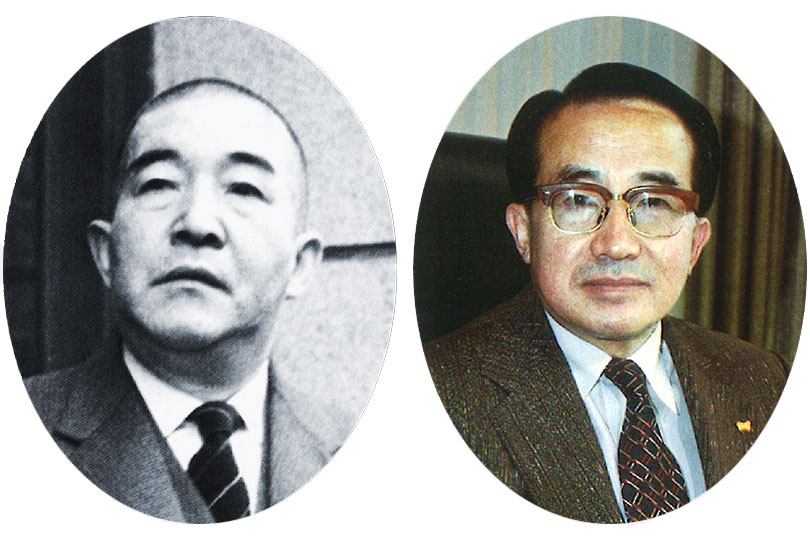
-
-
Growth of the business
1952–1961
Encouraged by the breakthrough of Team Japan and the revolution in table tennis equipment, such as the rise of pimples-in rubbers and sponge, the business grows steadily.
-
1952
The company purchases land and relocates to where the current headquarters are located.
-
1953
Furniture craftsmen from the Yamaguchi prefecture are invited to Tokyo, where the company was founded, to begin full-scale in-house manufacturing of blades.
-
1954
Blade factory is built at the present location of the head office. This is the first company owned factory.
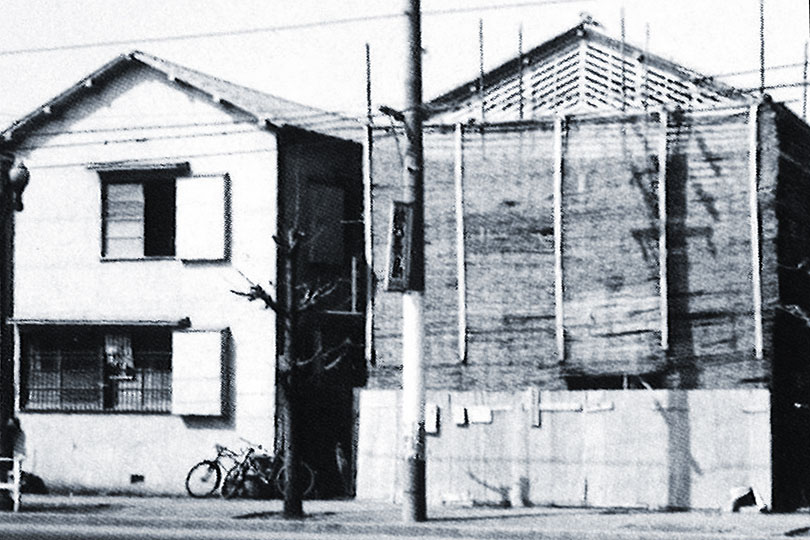
-
Four Table tennis equipment surveys are conducted. This is done through Butterfly staff visiting the training venues of the world's best players. Hikosuke tries to find out the amount of table tennis players currently playing in each country, the activities of each countries' association, and players satisfaction with the equipment that they are using. The surveys carried out lead to the development of new and improved equipment which meet the needs and requirements of the world's top players. These surveys also increase the global awareness of the Butterfly brand.
-
1956
The Tokyo branch becomes head office. The construction of the Butterfly rubber factory and headquarter offices are completed.
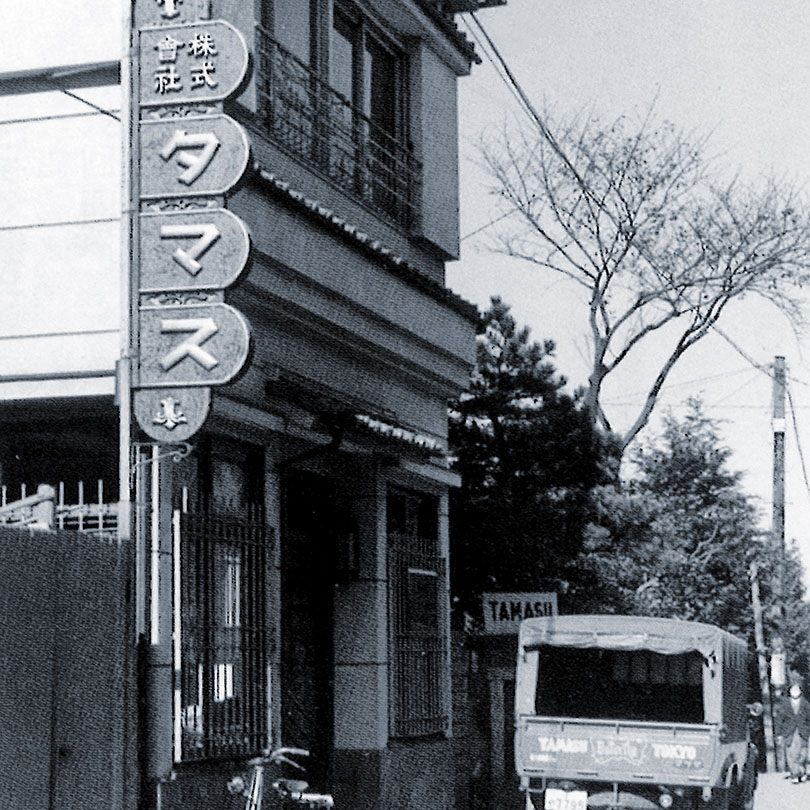
-
1957
First issue of Table Tennis Report
A Mimeograph consisting of six pages is produced and released free of charge. The initial name given to the publication is “Butterfly Report”. The founder decided to start the magazine after spending time in a rural area where information was scarce. He did this out of a sense of duty to provide table tennis enthusiasts around the country with global updates and technical instructions.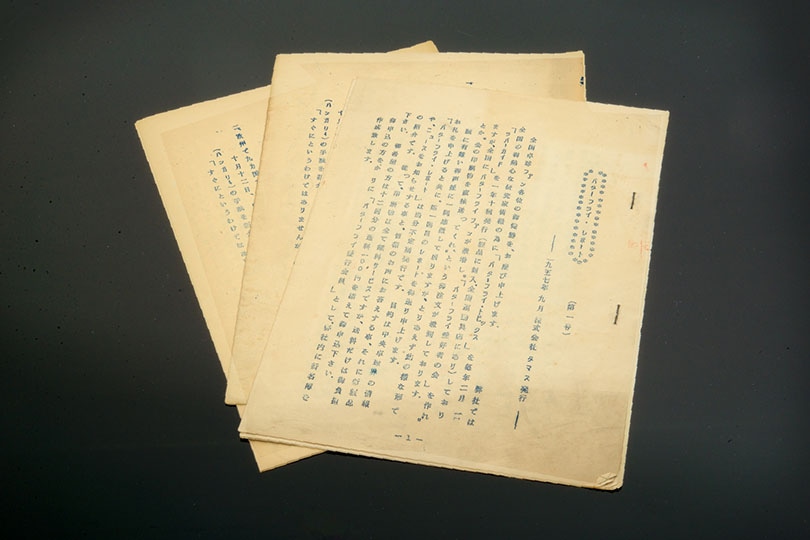
-
1959
Assumption of Hikosuke Tamasu as the second CEO
-
1961
Complete rackets named "Biriba" are released. These Biriba rackets become long term, top sellers for Butterfly. "Biriba" comes from the name of a young and talented Brazilian boy who appeared on the table tennis scene like a comet in the late 50's.
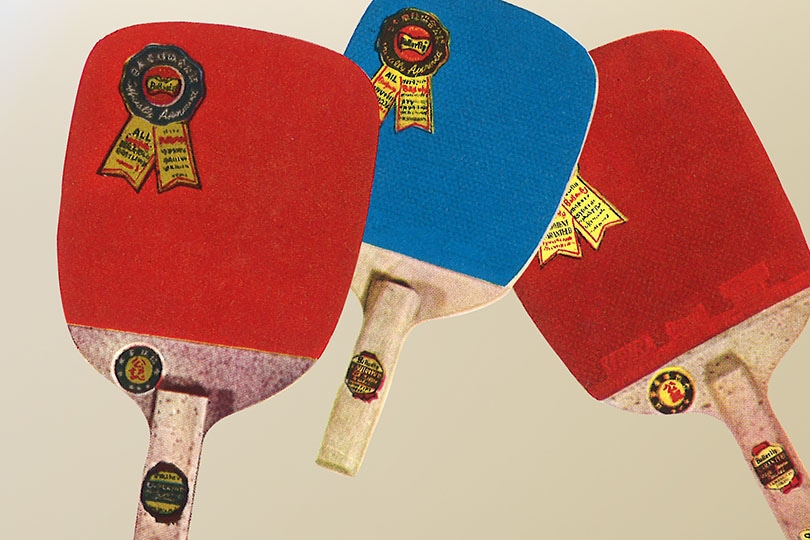
-
The Factory in Tama is completed and starts operations.
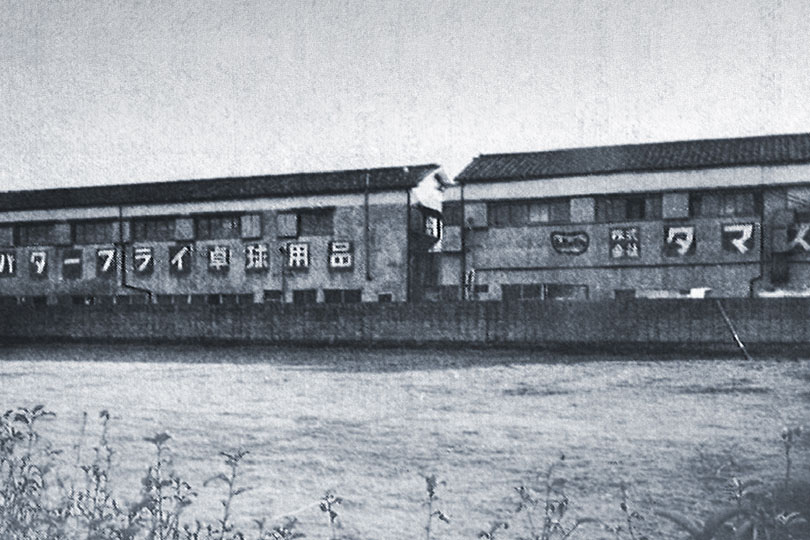
-
-
Birth of game-changers
1967–1993
Sriver: The rubber created through Butterfly's consistent desire to serve the needs of the modern table tennis player. It later becomes one of the longest selling products in our history. Improving players' performance through meticulous research and development of equipment has always been our core thought. This philosophy has led to a number of major inventions and breakthroughs.
-
1967
Release of Sriver
The performance of the product is dramatically improved by adopting a high elasticity synthetic rubber top sheet. The initial market response was less favourable than expected, but it gradually gained popularity in Hungary and other European countries, establishing its position as a highly innovative rubber.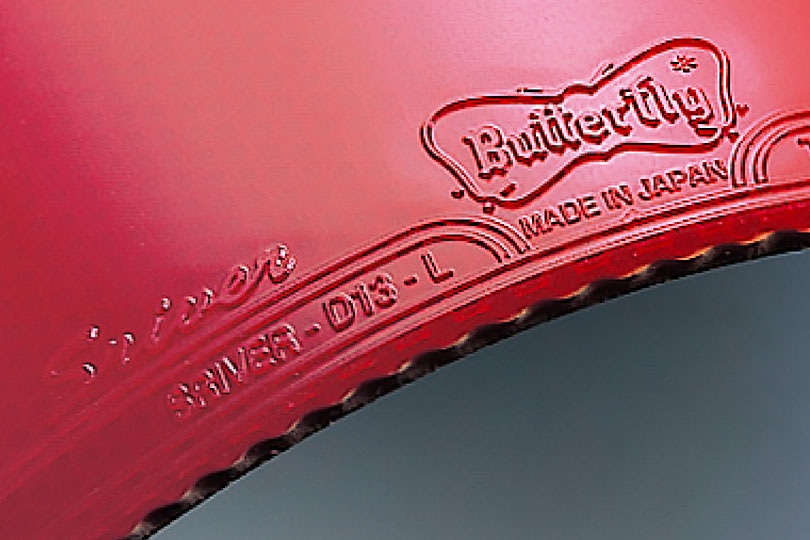
-
The factory in Tokorozawa, which is still in operation today as a production base, is completed.
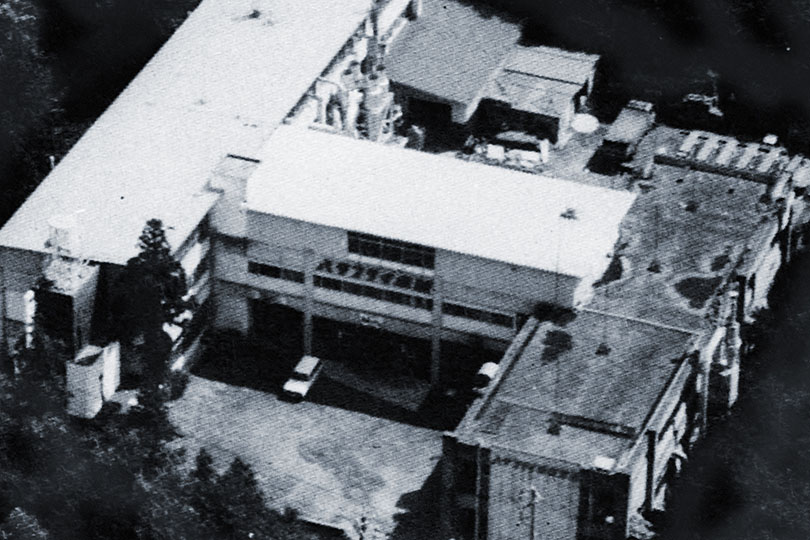
-
1972
The high performance Butterfly shoe named "Radial" is released. This the first table tennis shoe ever produced by Butterfly.
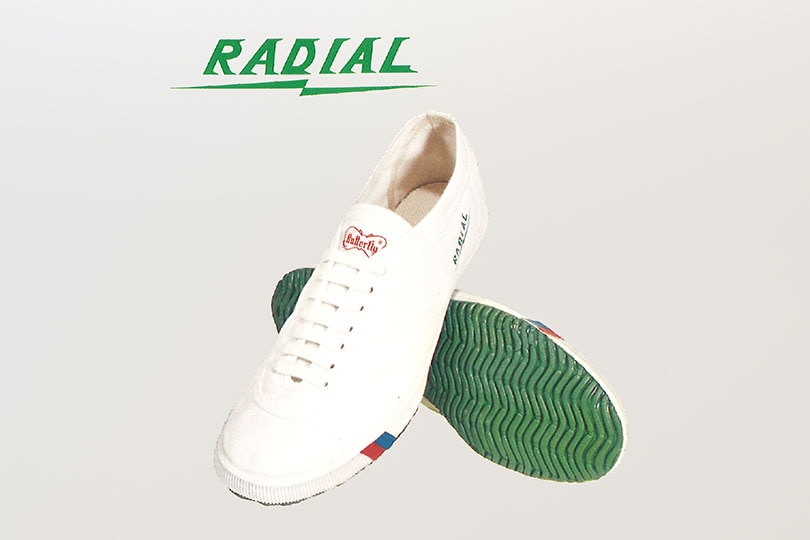
-
1973
Establishment of Tamasu Butterfly Europe, a European subsidiary in Moers, West Germany (at that time) for the purpose of management of the sales and industrial property rights in the European market.
-
1976
The high-friction rubber with an adhesive top sheet named "Tackiness" is released.
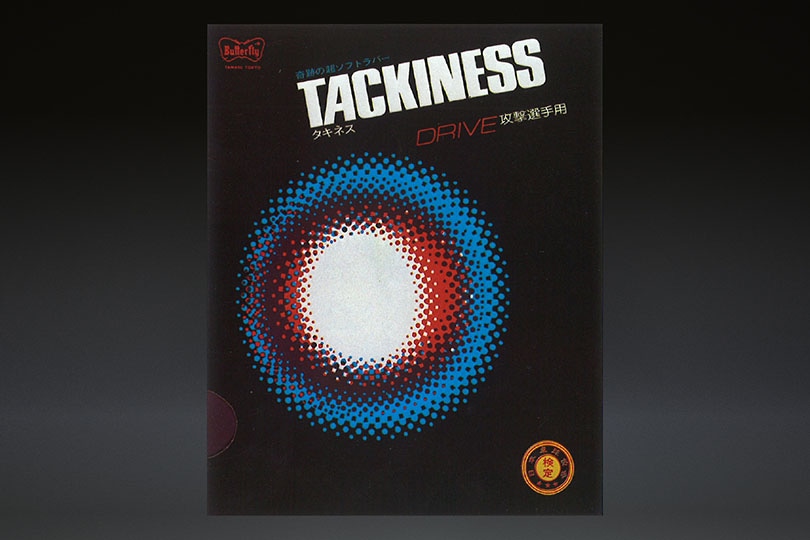
-
1978
Launch of the Tamca 5000 series, the first blade series with artificial fiber from Butterfly.
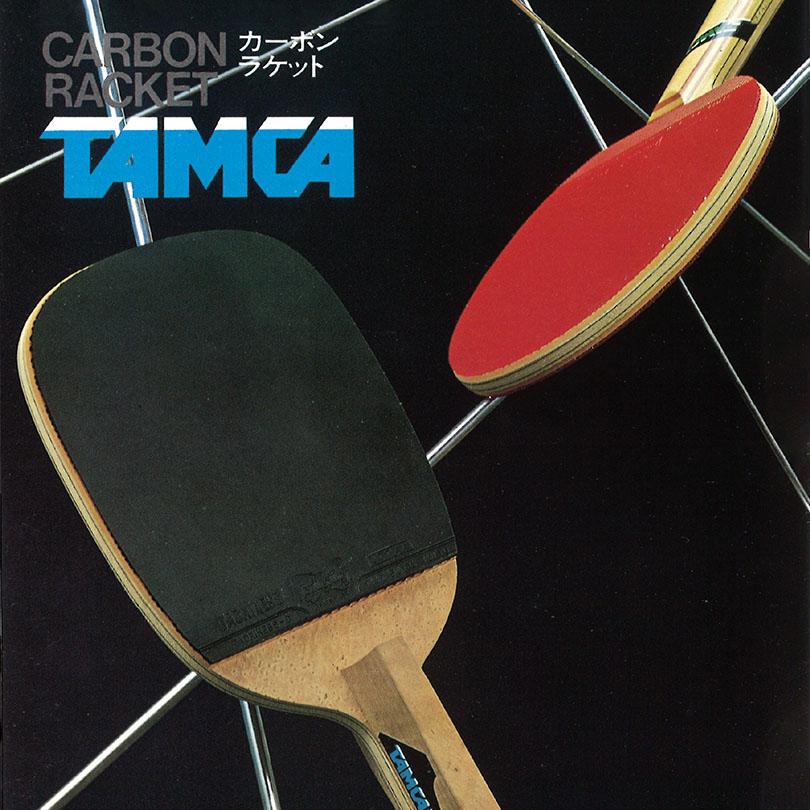
-
1983
Opening of Butterfly Table Tennis Dohjo
The Butterfly Table Tennis Dojo is officially opened in Tokyo. The purpose built table tennis centre is established to provide young players with full accommodations and state of the art training facilities. The philosophy behind its founding was to give back to the table tennis world, by using profits gained through the sales of Butterfly equipment. So far, players from more than 50 countries have visited the facility. The Dojo now also plays a major role as a place of international exchange.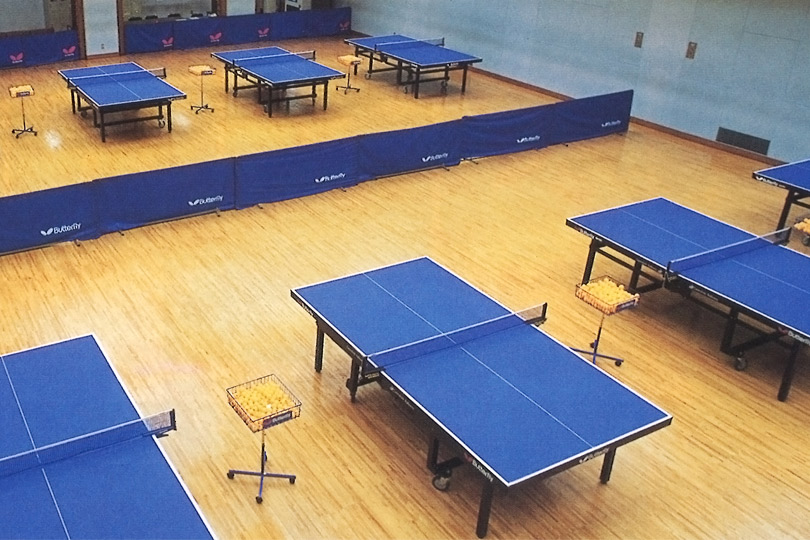
-
1993
Release of Viscaria
The basis for many successful Arylate-Carbon blades. Viscaria is still being used by a number of the world's top players.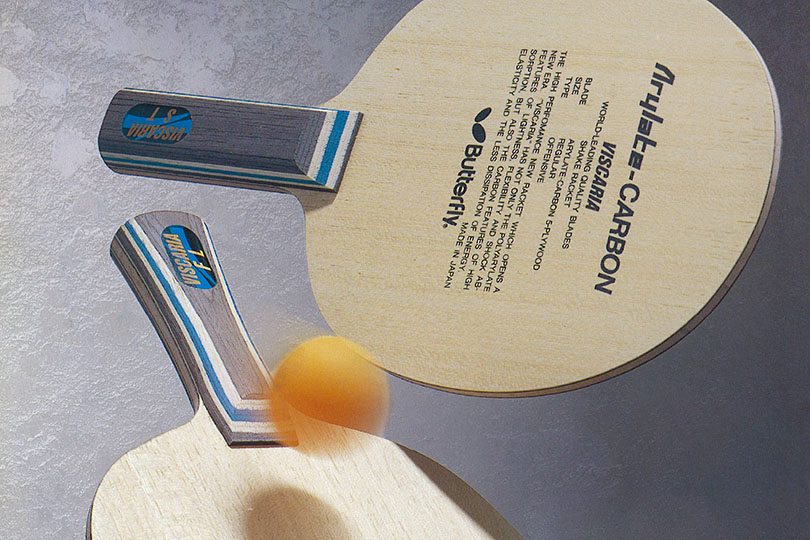
-
-
As the leading company
1997–Present
Introductions of innovative rubbers such as Bryce, Tenergy and Dignics. These introductions help to fully establish the legacy and core aims of Butterfly, creating high quality, high performance products through groundbreaking research and development. In these years Butterfly also becomes the industry leader in supporting the sports top athletes.
-
1997
Launch of Bryce; the world's first High Tension rubber
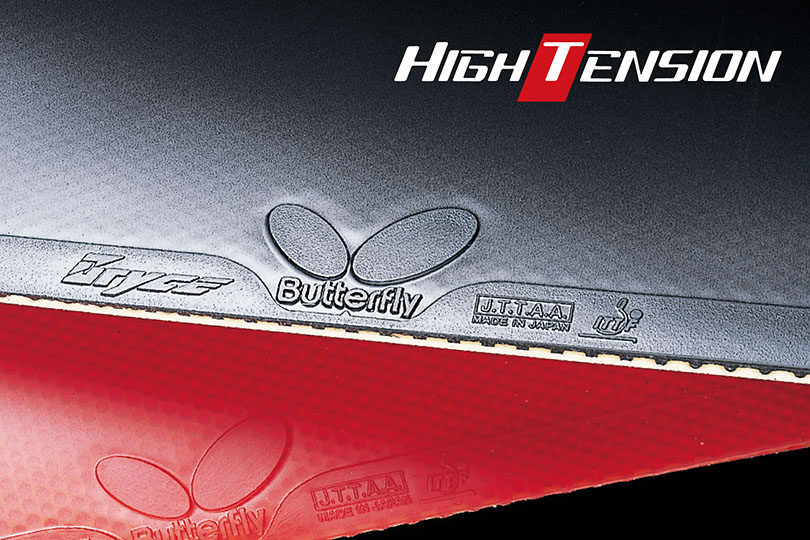
-
2003
Establishment of Tamasu Butterfly China, a Chinese subsidiary in Shanghai to manage and sell products in the Chinese market, and produce merchandise
-
2004
The founder Hikosuke Tamasu passes away at 83 years old.
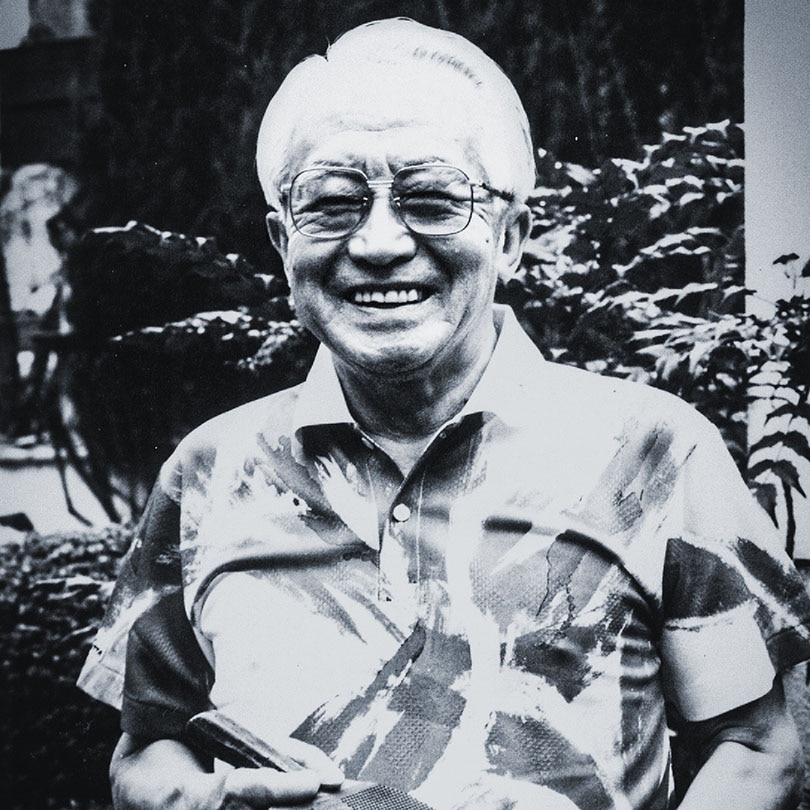
-
2007
Release of Amlutart and Mizutani Jun; the first blades with ZL-Carbon
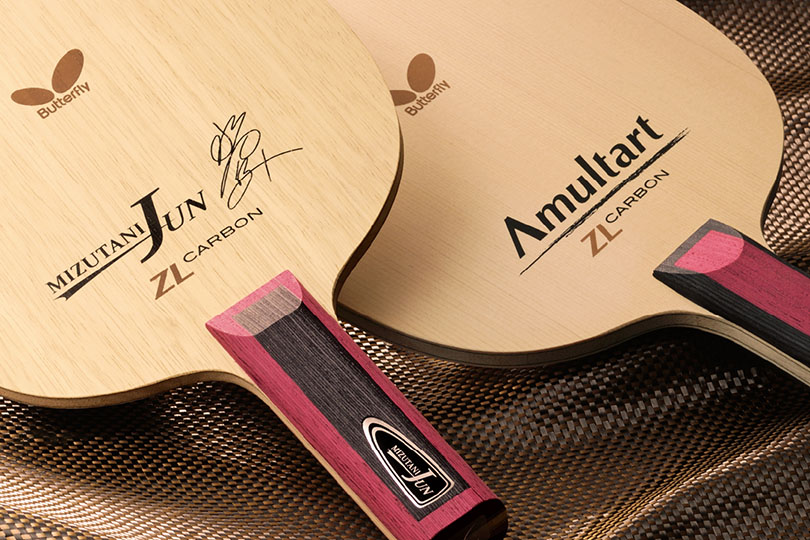
-
2008
Launch of Tenergy 05; the first Spring Sponge generation rubber
The rubber features high rotation and high speed performance, making it easy to perform advanced techniques such as counter attacks and banana flicks. It becomes a dominant table tennis rubber used by nearly half of the players at the Table Tennis World Championships since it was released.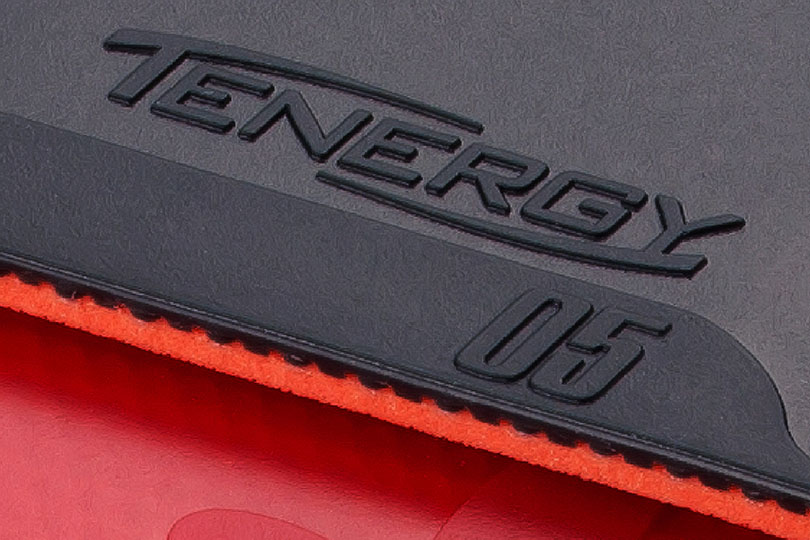
-
2009
Establishment of Korean subsidiary Tamasu Butterfly Korea
-
2013
New rubber production facility completed
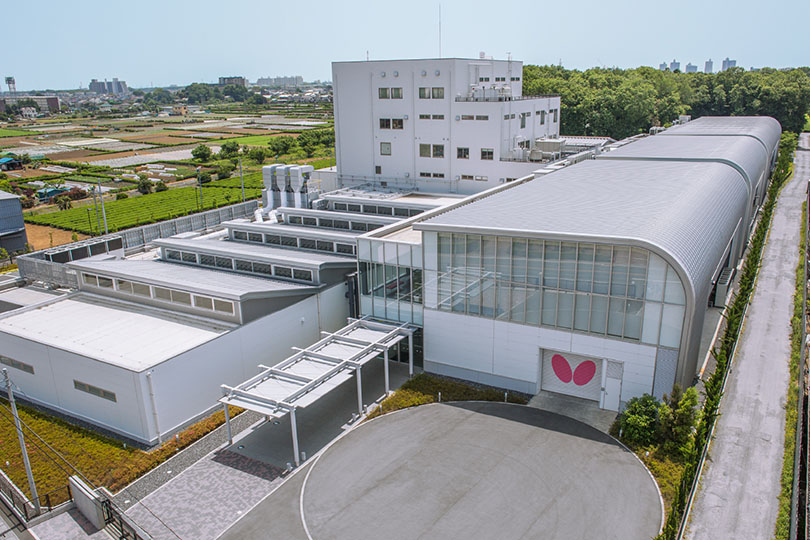
-
2014
Establishment of Tamasu Butterfly Thailand, a local subsidiary in Thailand
-
New blade production facility completed
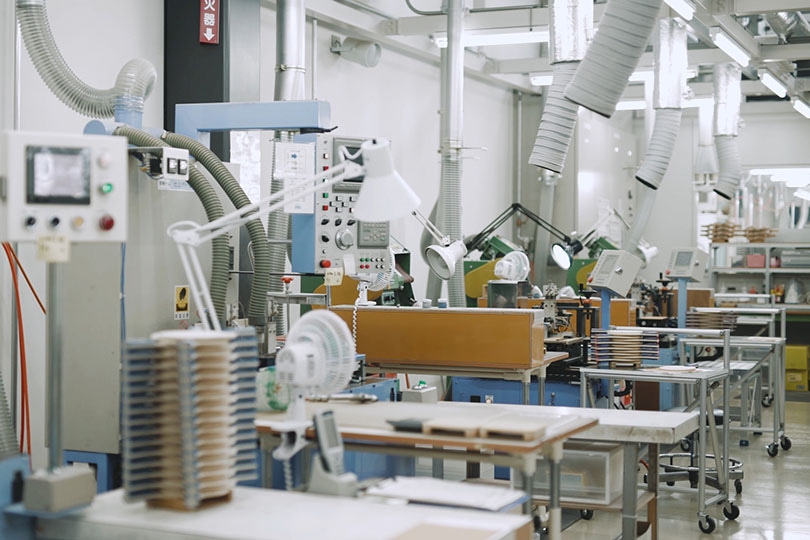
-
2018
New head office building completed
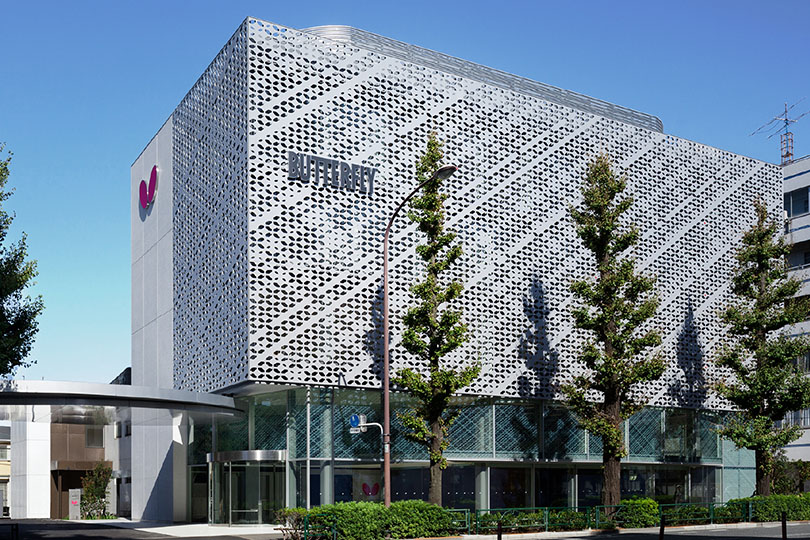
-
2019
Launch of Dignics 05; the first Spring Sponge X generation rubber

-
2020
The Butterfly Table Tennis Dojo is renewed
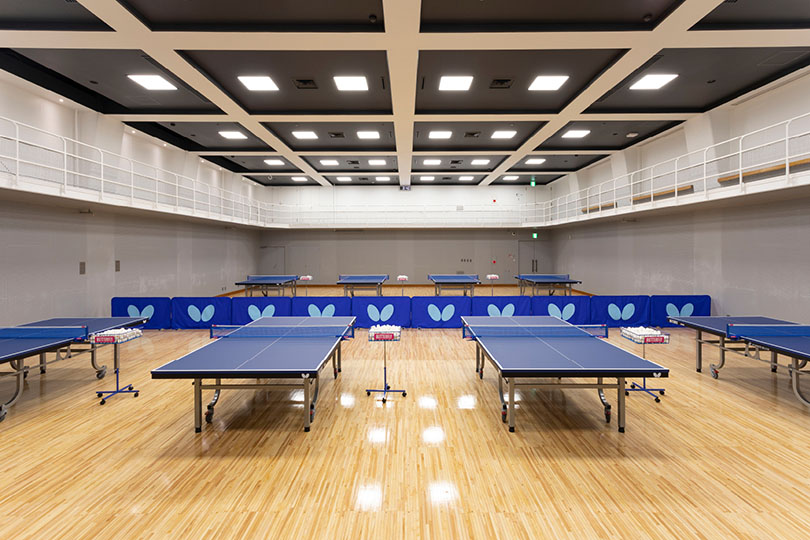
-
About us
